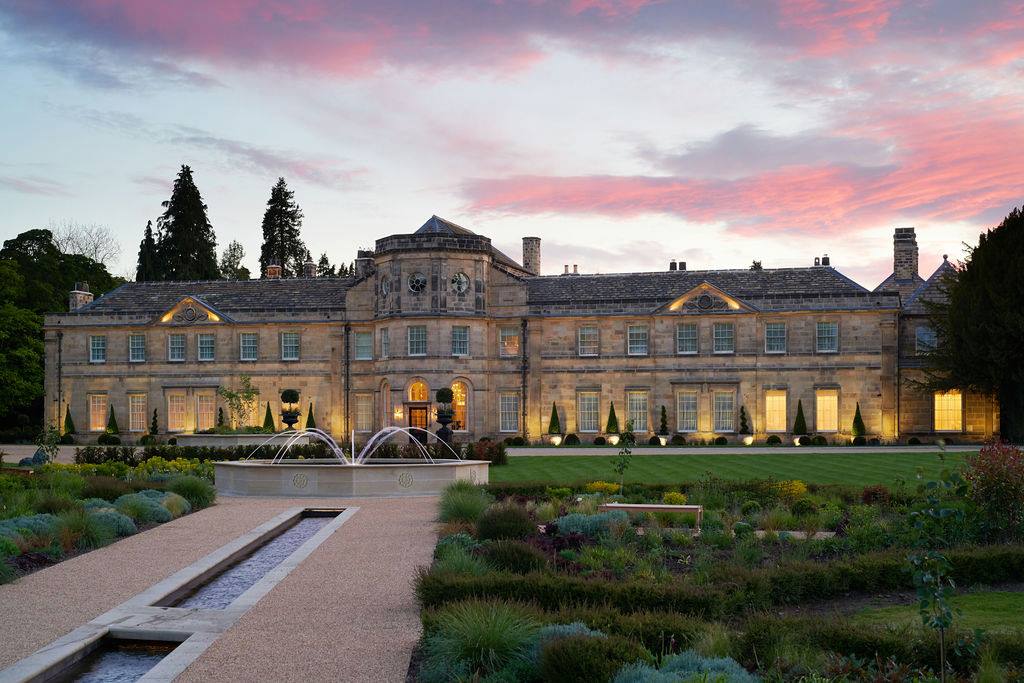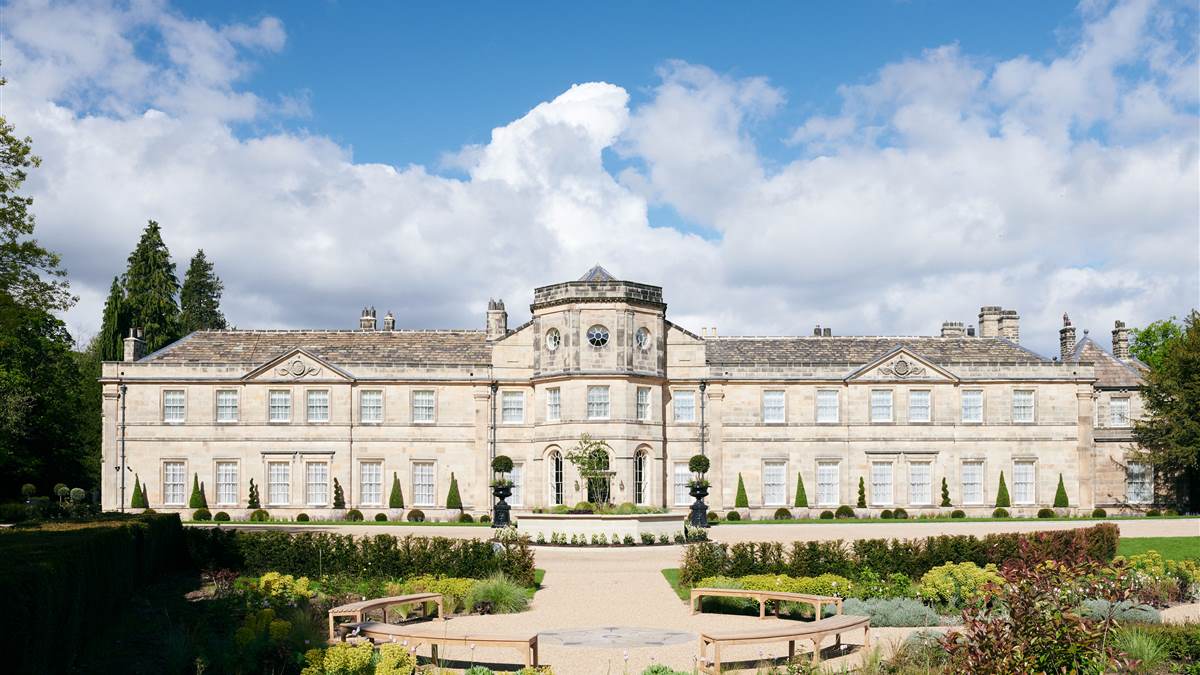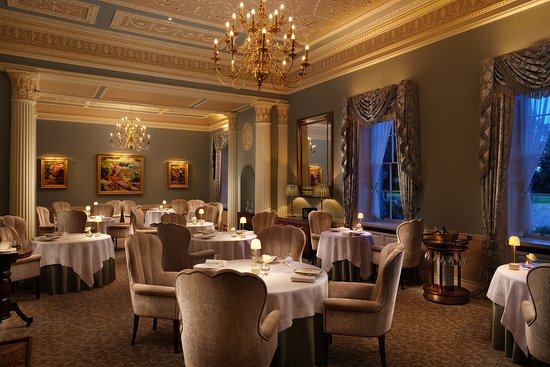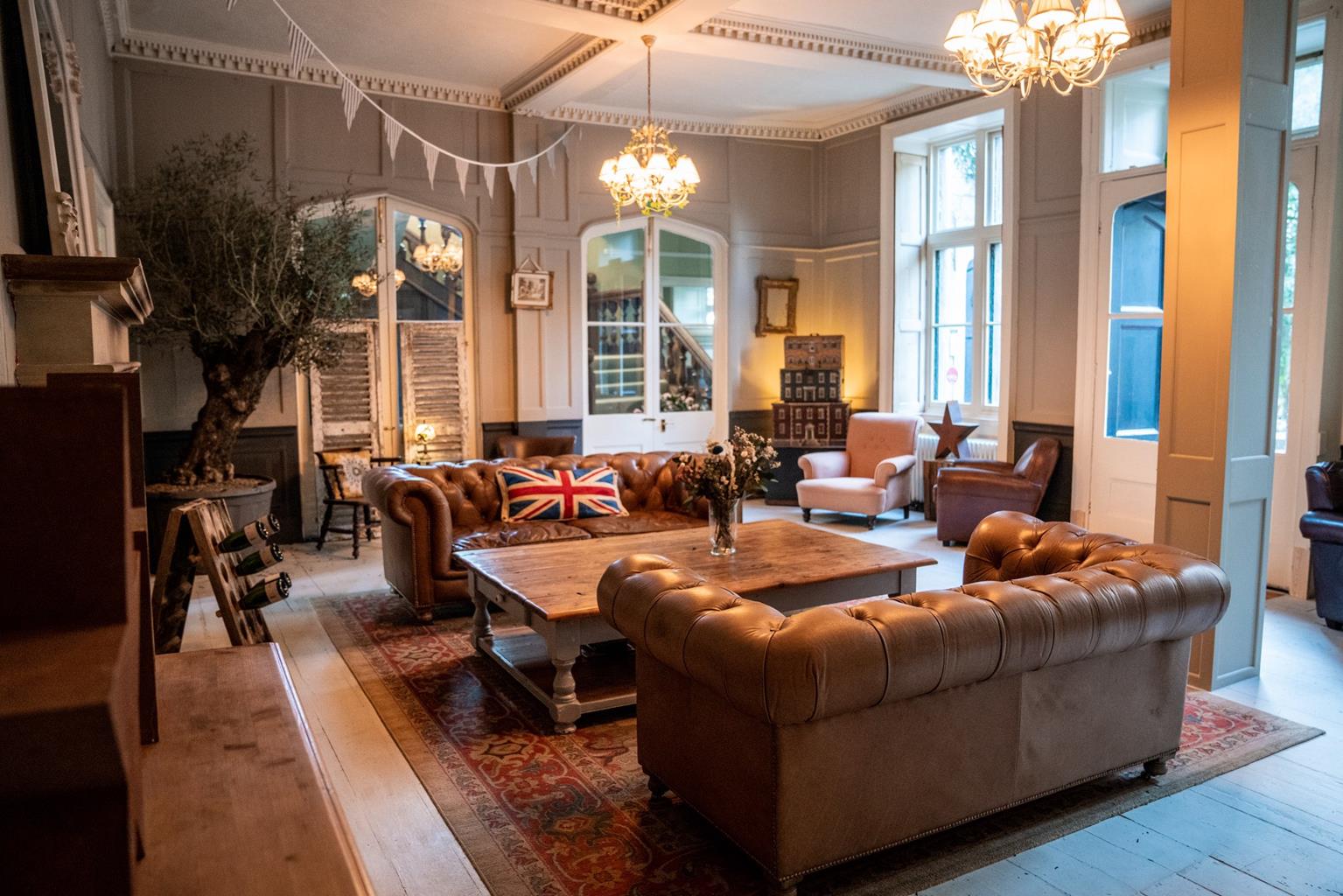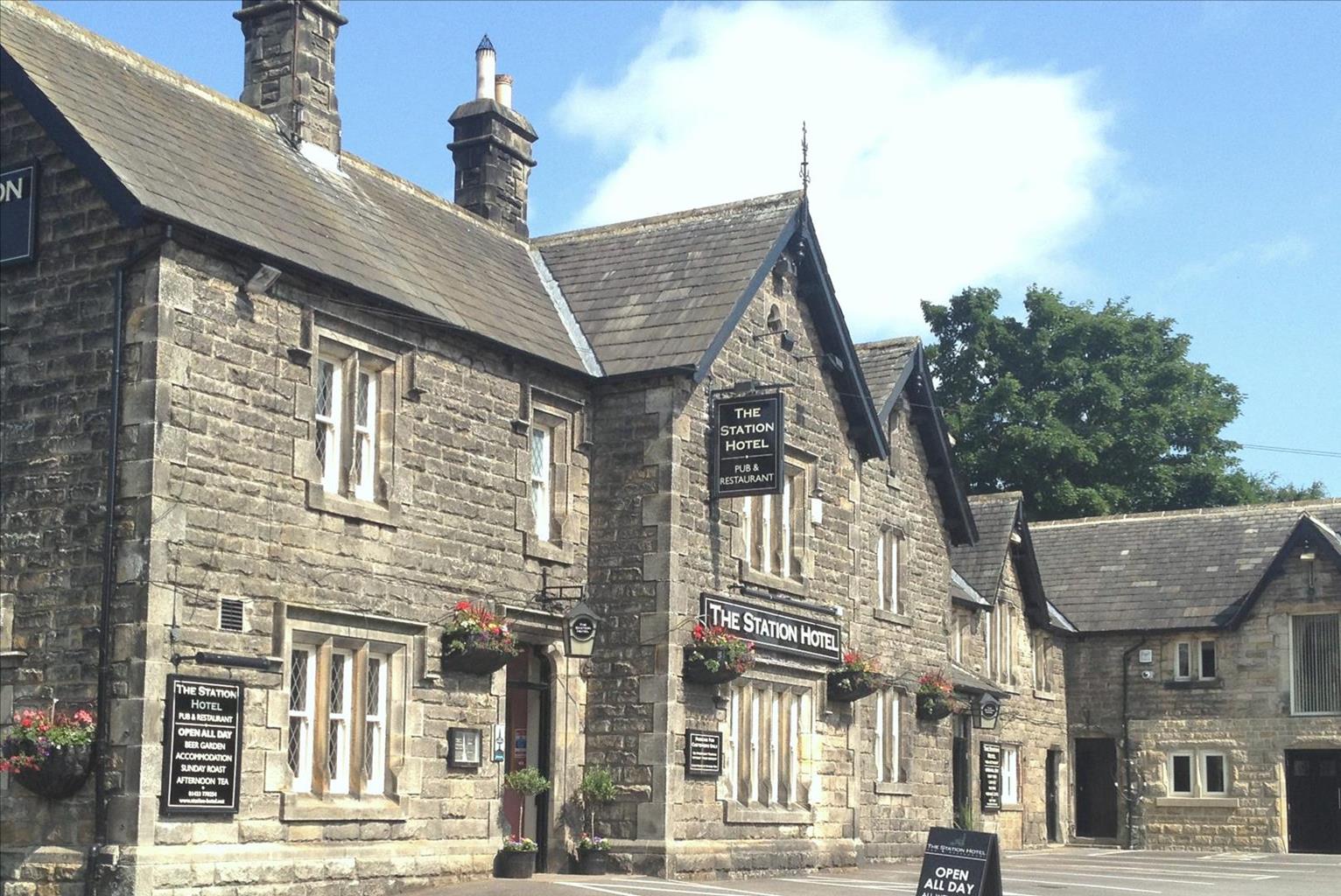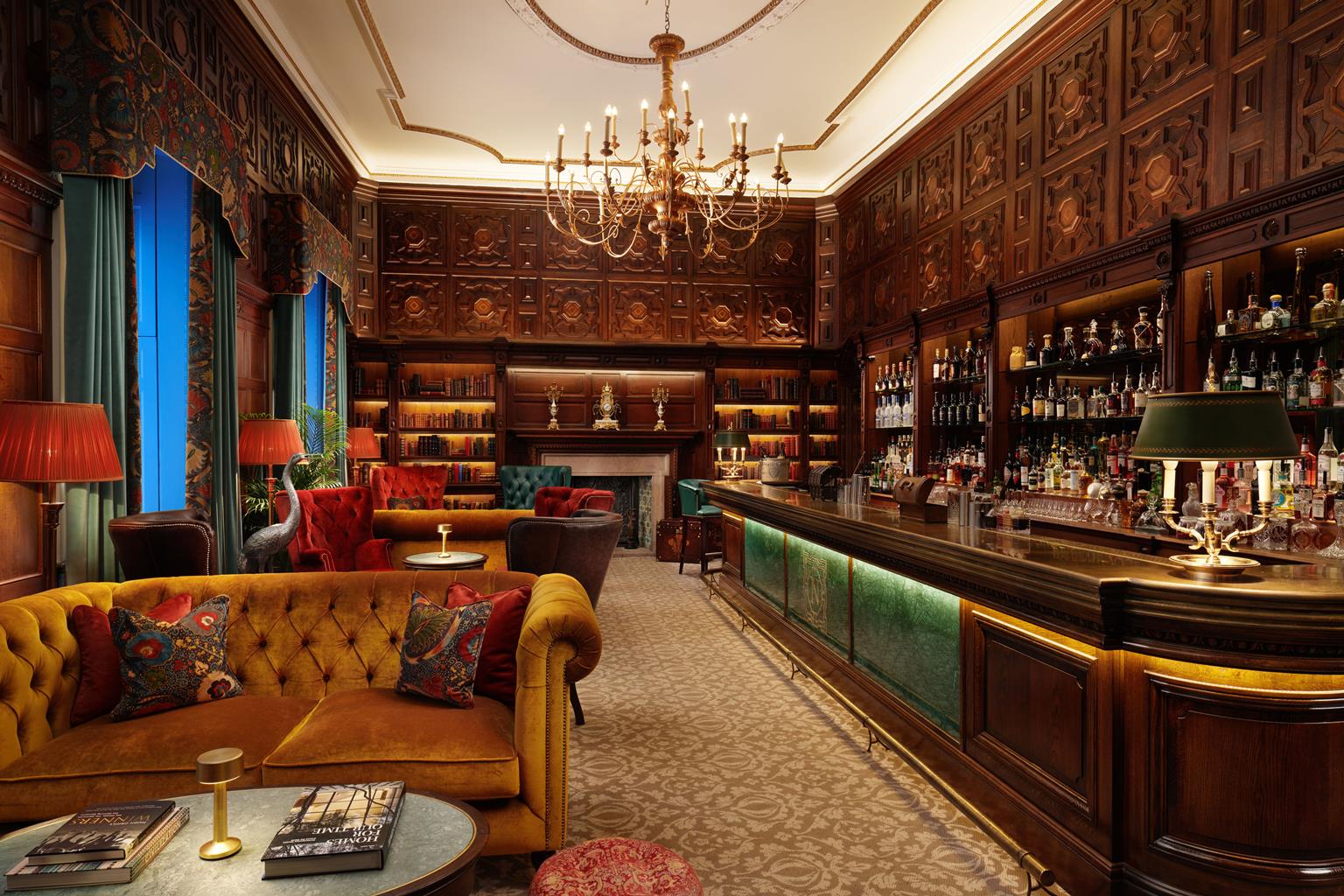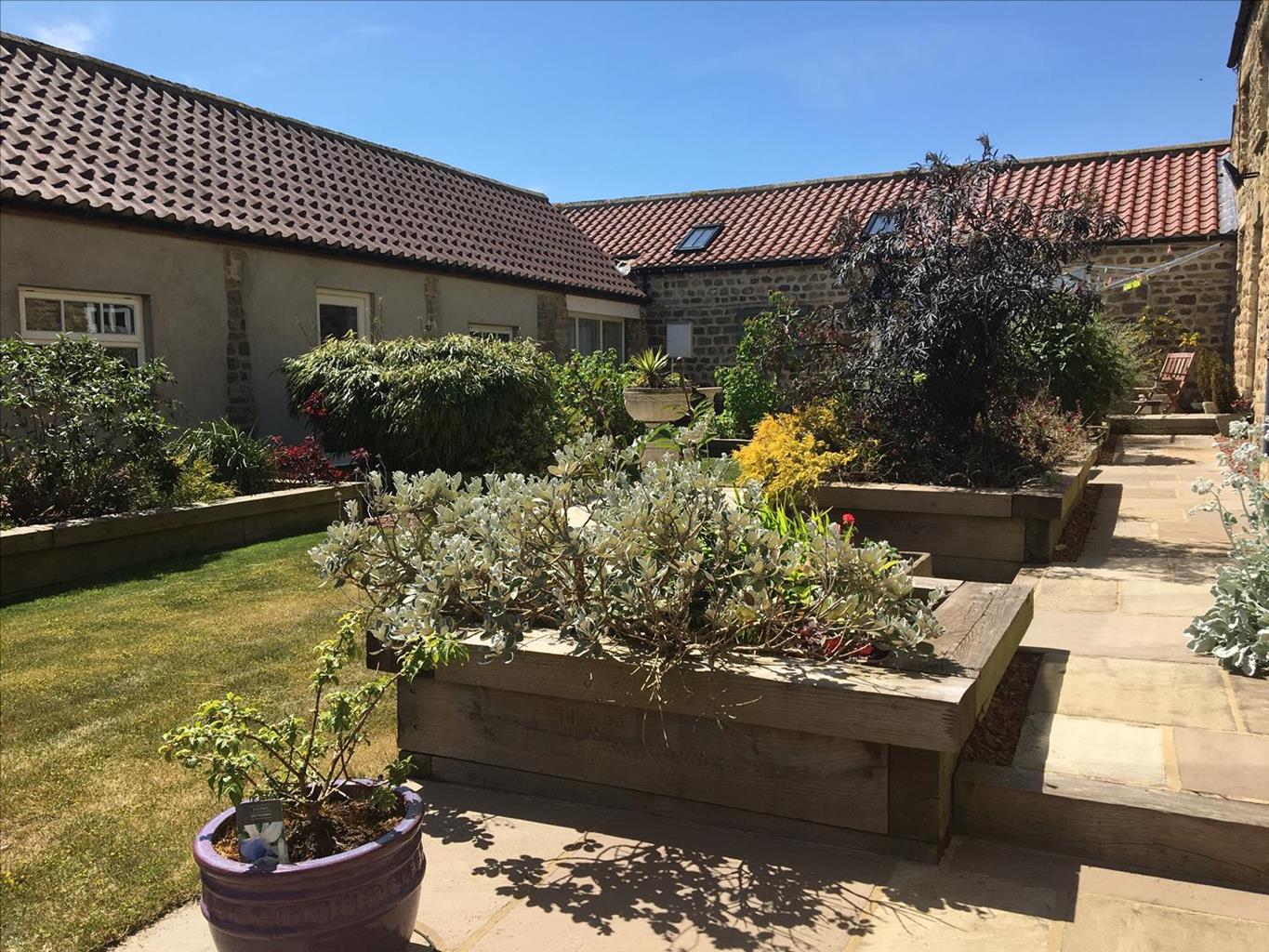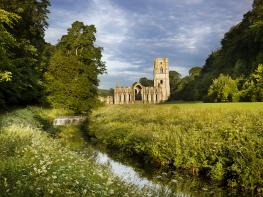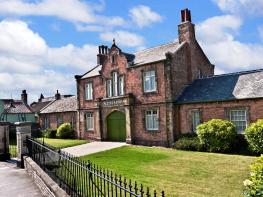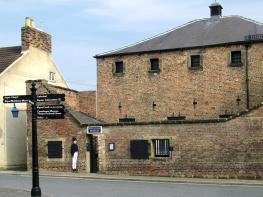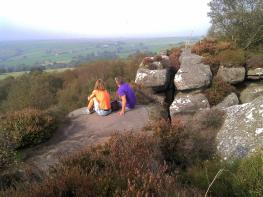A genuine welcome is always guaranteed at homely Mallard Grange. The original features of this…
Around Fountains Abbey

6.75 miles (10.9kms)
About the walk
Abbey and Abbot
A little further along the path, the abbey ruins come into view. When monks from St Mary's Abbey in York first settled here in 1132, it was a wild and desolate place. Nevertheless their abbey prospered, and became one of the country's richest and most powerful Cistercian monasteries. More remains of Fountains than of any other abbey ruin in the country. Its church was 360ft (110m) long. The other buildings, laid out along (and over) the River Skell, give a vivid impression of what life was like here in the Middle Ages. All came to an end in 1539 when King Henry VIII dissolved the larger monasteries. This was only a few years after Abbot Marmaduke Huby had built the huge tower, a symbol of what he believed was the enduring power of his abbey.
Mr Aislabie's Garden
Beyond Fountains Abbey is the Water Garden laid out between 1716 and 1781 by John Aislabie and his son William. John had retired to his estate here at Studley Royal after being involved – as Chancellor of the Exchequer – in the financial scandal of the South Sea Bubble. It is one of the great gardens of Europe, contrasting green lawn with stretches of water, both formal and informal. Carefully placed in the landscape are ornamental buildings, from classical temples to Gothic towers. The Aislabie's mansion stood at the north end of the park; it was destroyed by fire in 1945. The highlight of the southern end of the walk is Markenfield Hall, a rare early 14th-century fortified manor house, built around 1310 for the Markenfield family. You can see the tomb of Sir Thomas Markenfield and his wife Dionisia in Ripon Cathedral.
Open for four weeks in the summer, the house still clearly demonstrates how a medieval knight and his family lived; it is part home, part farm. You can see the chapel and the great hall. The gatehouse, convincingly medieval, is 200 years younger than the house.
Walk directions
From West Gate car park turn right uphill, signed 'Harrogate'. At the fork go left, signed 'Markington, Harrogate'. Just after the road bends right, go left at a bridleway sign through a gate.
Follow the grassy path just inside the ancient abbey wall, past a small pond. Go through a waymarked gate and follow the track as it curves round to the right through another gate, then bend left to a gate into Hill House Farm.
Turn right then follow the bridleway signs to go left at the end of a large shed and then right. Go through a metal gate onto a track. At the end of the hedge go ahead down the field to a gate into the wood. Follow the track, passing a ruined archway, to descend to a crossroads of tracks.
Go straight across. The track climbs to a gate with a bridleway sign. Follow the track beside the line of trees to a gate onto Whitcliffe Lane. Turn right. At the top of the rise go straight ahead on the metalled road.
Go over the cattle grid by Bland Close, then leave the lane to go straight ahead with the hedge on your right to a gateway. Continue through a gate along the waymarked track, eventually with woodland to your right. Follow the park wall through a gateway to reach a gate onto a lane. Turn right to reach some farm buildings by Markenfield Hall.
Follow the wall to the left, and bend left to go through a waymarked metal gate and straight ahead down the track, over a stile by a gate. Follow the track, then a waymarker sign, across a field to a stile by a gate. Turn right up the narrow Strait Lane, to emerge into a field.
Follow the waymarked path beside the hedge. Go through a gate in the field corner and continue ahead with the hedge to the right. After the next gate, bear half right to go through another gate. After the next field, do not go through, but bend left through a hedge gap and down the field side, with the hedge on your right, to go through a gate onto Whitcliffe Lane.
Turn left and follow the lane, which leads in the direction of How Hill Tower, an 18th-century folly, to a T-junction. Turn right here and follow the road back to the car park.
Additional information
Field paths and tracks, some road walking, 2 stiles
Farmland and woodland
Dogs should be on leads on field paths
OS Explorer 298 Nidderdale
West Gate car park or at visitor centre, both National Trust
Fountains Abbey visitor centre
WALKING IN SAFETY
Read our tips to look after yourself and the environment when following this walk.
Find out more
Also in the area
About the area
Discover North Yorkshire
North Yorkshire, with its two National Parks and two designated Areas of Outstanding Natural Beauty, is England’s largest county and one of the most rural. This is prime walking country, from the heather-clad heights of the North York Moors to the limestone country that is so typical of the Yorkshire Dales – a place of contrasts and discoveries, of history and legend.
The coastline offers its own treasures, from the fishing villages of Staithes and Robin Hood Bay to Scarborough, one time Regency spa and Victorian bathing resort. In the 1890s, the quaint but bustling town of Whitby provided inspiration for Bram Stoker, who set much of his novel, Dracula, in the town. Wizarding enthusiasts head to the village of Goathland, which is the setting for the Hogwarts Express stop at Hogsmeade station in the Harry Potter films.
York is a city of immense historical significance. It was capital of the British province under the Romans in AD 71, a Viking settlement in the 10th century, and in the Middle Ages its prosperity depended on the wool trade. Its city walls date from the 14th century and are among the finest in Europe. However, the gothic Minster, built between 1220 and 1470, is York’s crowning glory.
Nearby stays
Restaurants and Pubs
Nearby experiences
Recommended things to do
Why choose Rated Trips?
Your trusted guide to rated places across the UK
The best coverage
Discover more than 15,000 professionally rated places to stay, eat and visit from across the UK and Ireland.
Quality assured
Choose a place to stay safe in the knowledge that it has been expertly assessed by trained assessors.
Plan your next trip
Search by location or the type of place you're visiting to find your next ideal holiday experience.
Travel inspiration
Read our articles, city guides and recommended things to do for inspiration. We're here to help you explore the UK.

